Philately is more than a hobby; it’s a journey through history, culture, and art. Rare stamps hold stories and value that captivate collectors worldwide. They are prized for their scarcity, unique designs, and the fascinating stories behind their creation and discovery. Here are some of the most coveted stamps that every philatelist dreams of owning. Each of these stamps represents a piece of history and a significant achievement in the world of philately.
British Guiana 1c Magenta (1856)
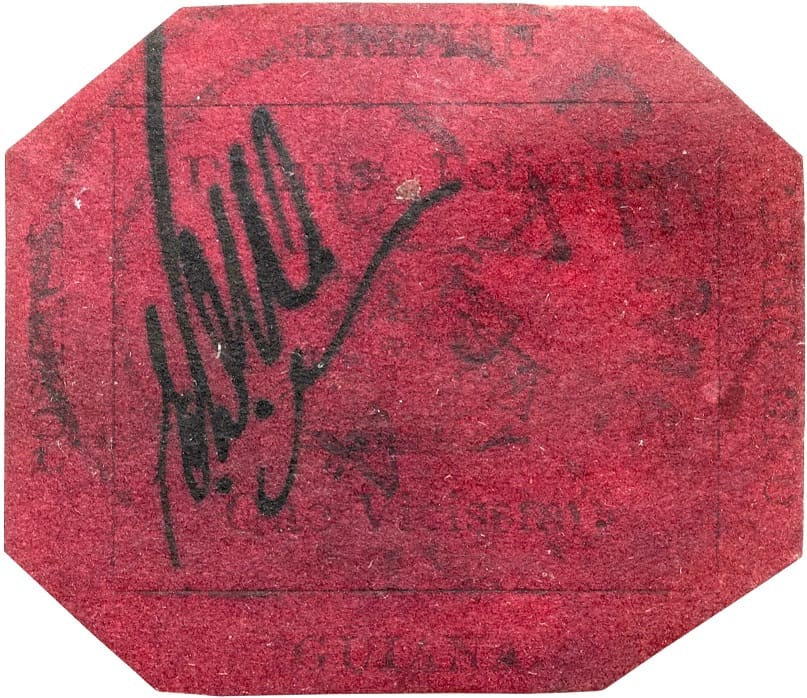
The British Guiana 1c Magenta is considered the rarest stamp in the world. Printed in 1856, it was an emergency issue in British Guiana due to a shortage of stamps. Only one copy exists today, making it incredibly valuable. It was sold for nearly $9.5 million in 2014, highlighting its significance in the philatelic world. The stamp’s unique, hand-cut, octagonal shape and magenta color further add to its mystique.
Mauritius “Post Office” Stamps (1847)
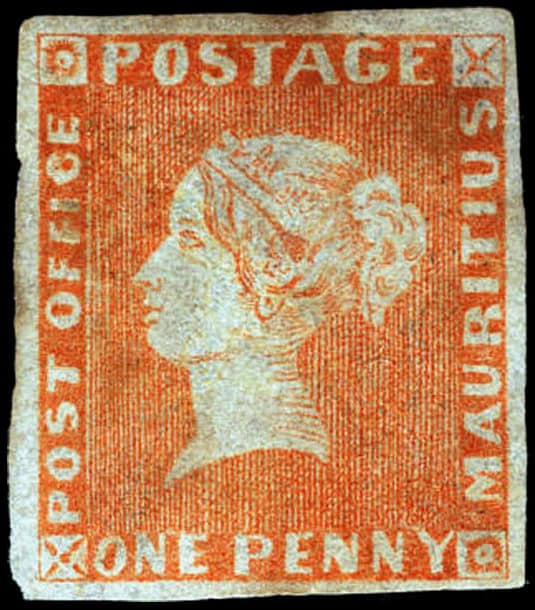
Issued in 1847, these stamps were the first from a British colony. They bear the inscription “Post Office” instead of “Post Paid,” making them unique. Both the One Penny and Two Penny stamps are extremely rare, with only 27 known copies in total. Their historical significance adds to their allure. The stamps were created by Joseph Barnard, and their survival in excellent condition makes them a collector’s dream.
The Inverted Jenny (1918)
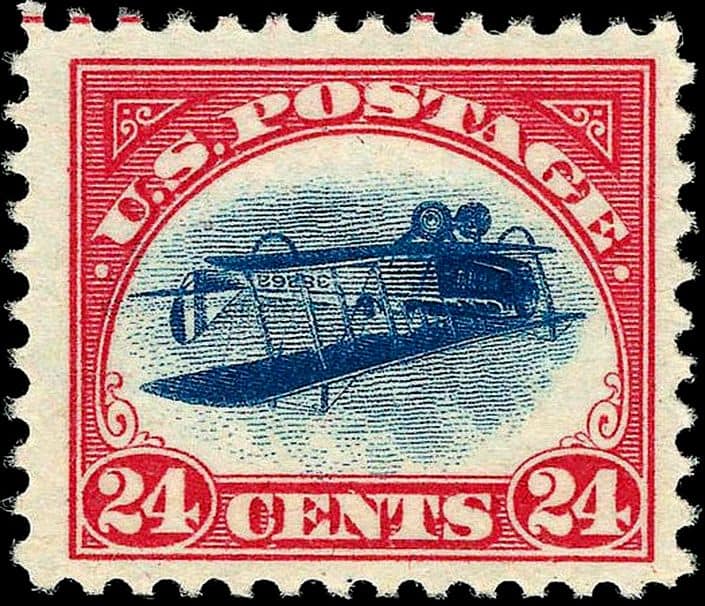
The Inverted Jenny is a famous U.S. stamp issued in 1918 featuring an upside-down airplane. It was a printing error that occurred during the production of the Curtiss JN-4 design. Only 100 of these error stamps were released, making them highly sought after. Collectors prize them for their rarity and unique story. Each stamp in the sheet was numbered, and many have passed through notable collections, increasing their provenance.
The Treskilling Yellow (1855)
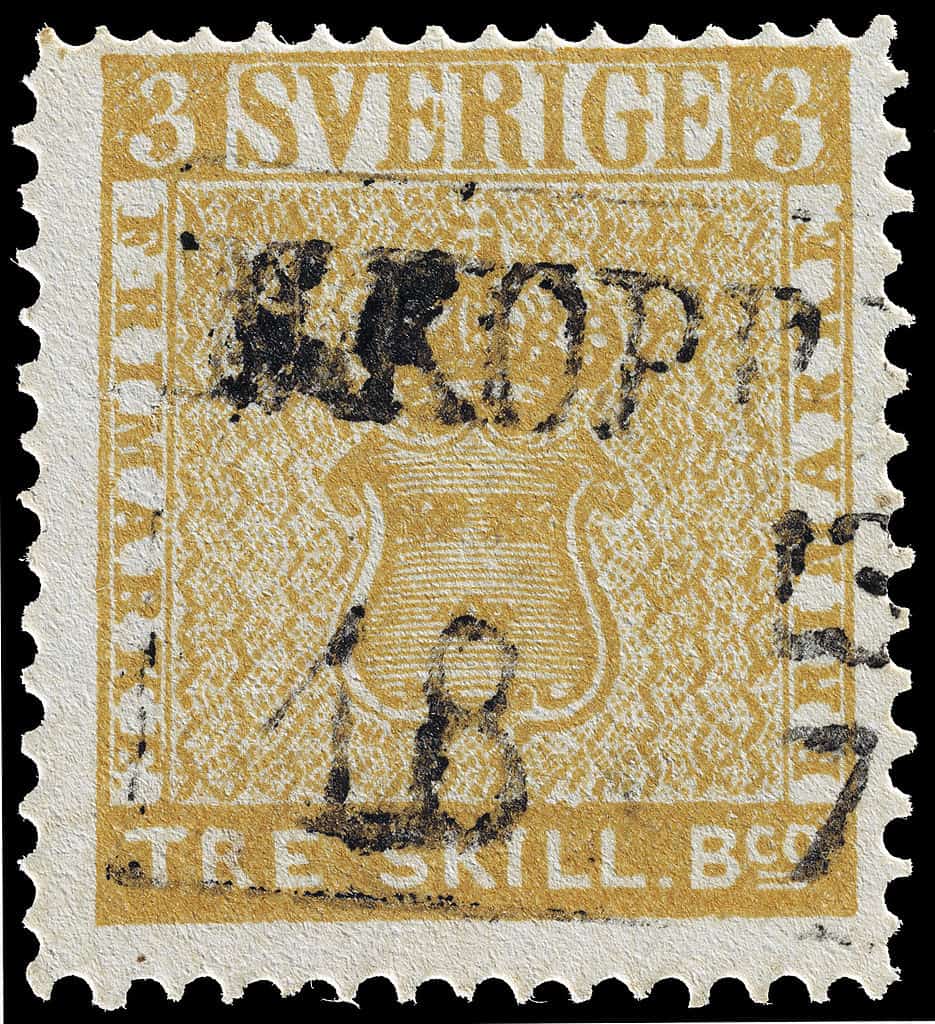
This Swedish stamp, printed in 1855, is known for its color error. Instead of the usual green, it was printed in yellow.
Only one example of the Treskilling Yellow exists, making it one of the most valuable stamps. Its unique color misprint adds to its mystique. The stamp’s survival was due to it being found by a schoolboy in 1886, who sold it to a dealer for a small sum.
Penny Black (1840)
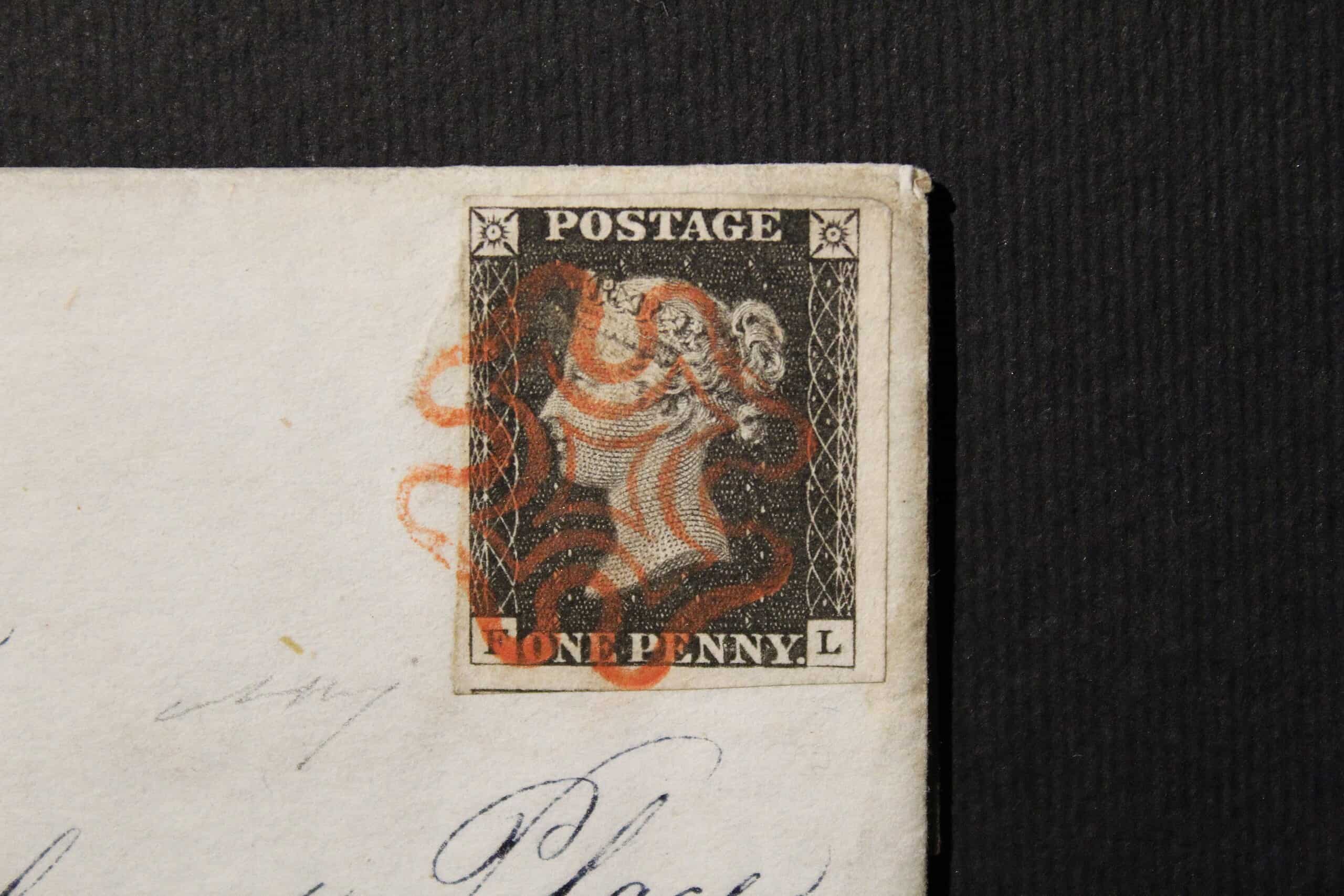
The Penny Black was the world’s first adhesive postage stamp, issued in 1840. It features a profile of Queen Victoria.
Though not as rare as others, its historical importance makes it a collector’s favorite. Its introduction revolutionized the postal system. The stamp was issued in sheets of 240, and many have survived due to their use on letters and documents.
Hawaiian Missionaries (1851)
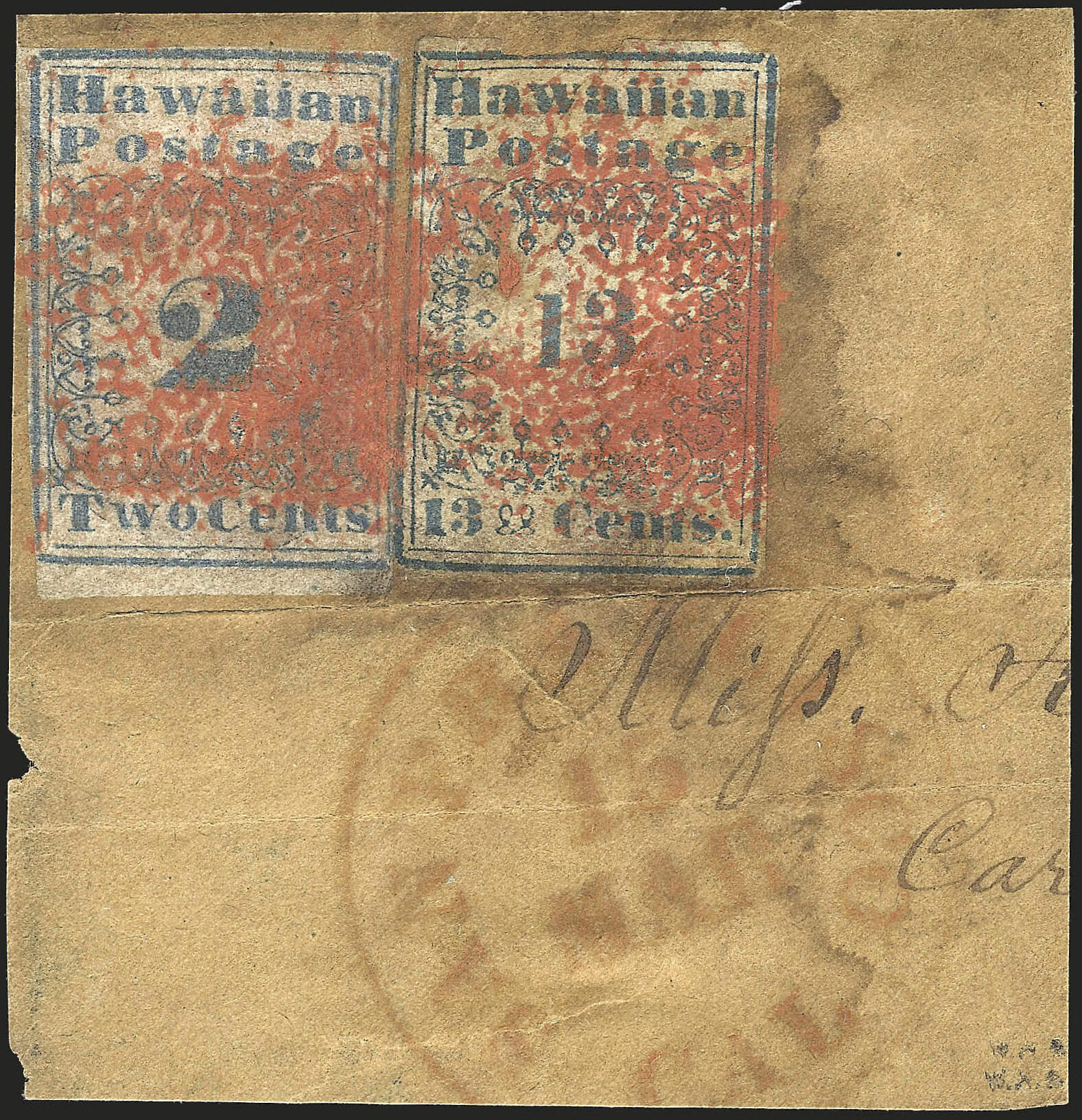
Issued in 1851, these stamps were the first from Hawaii. They were primarily used by missionaries, giving them their name. The 2-cent blue stamp is the rarest, with only 15 known copies. Their age and origin add to their desirability. The stamps were crudely printed and have distinctive rough edges, contributing to their unique charm.
Baden 9 Kreuzer Error (1851)
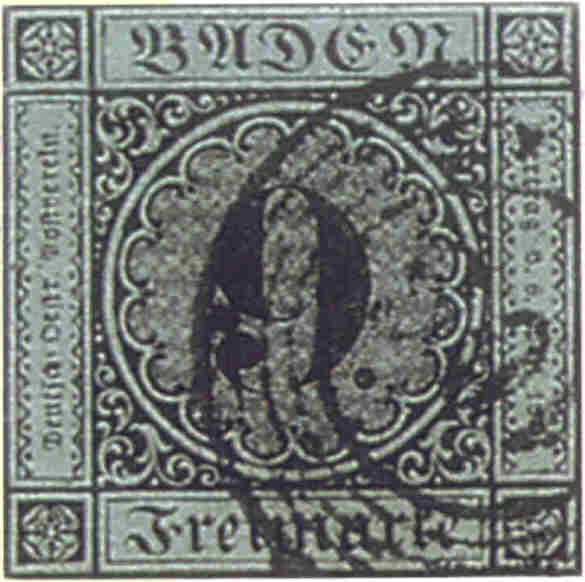
This German stamp from 1851 is known for its color error. It was mistakenly printed in green instead of pink. Only four copies are known to exist, making it extremely rare. Its rarity and printing error make it highly valuable. The error was discovered many years later, making it a surprise find for collectors.
Basel Dove (1845)
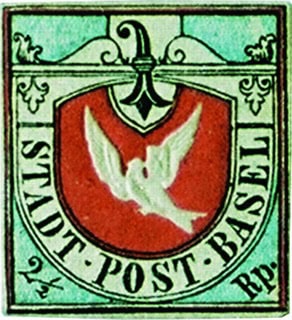
The Basel Dove stamp, issued in 1845, is one of the first tri-color stamps ever produced. It features a white dove carrying a letter, symbolizing the delivery of mail. This stamp was issued by the Swiss canton of Basel and was designed by the architect Melchior Berri. Only a few examples exist today, making it extremely rare. Collectors prize this stamp for its beautiful design and historical significance. The use of three colors—black, crimson, and blue—was revolutionary at the time. It represents a significant milestone in the history of philately.
The Two Penny Blue (1840)
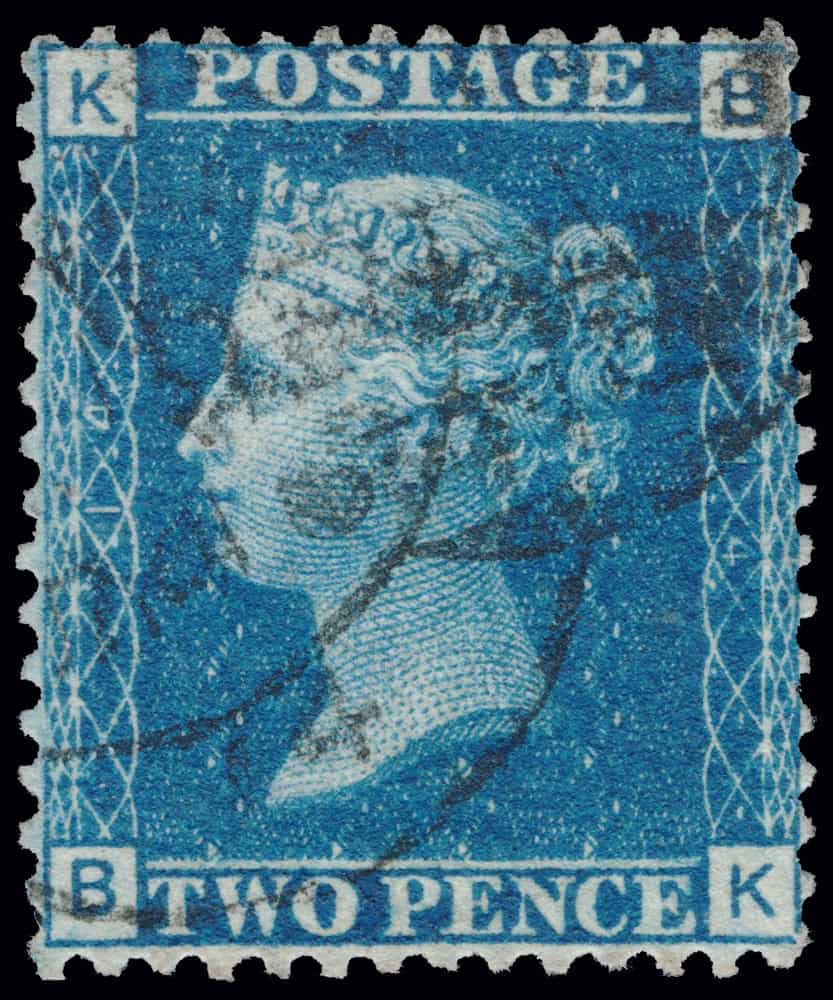
The Two Penny Blue was issued in 1840, following the Penny Black. It features a profile of Queen Victoria, similar to its predecessor. This was the world’s second official postage stamp and was designed by Sir Rowland Hill. It is less common than the Penny Black, with only a limited number printed. Collectors value its age and historical importance. The stamp set a standard for future issues and is highly sought after for its classic design and rarity.
The Alexandria “Blue Boy” (1847)
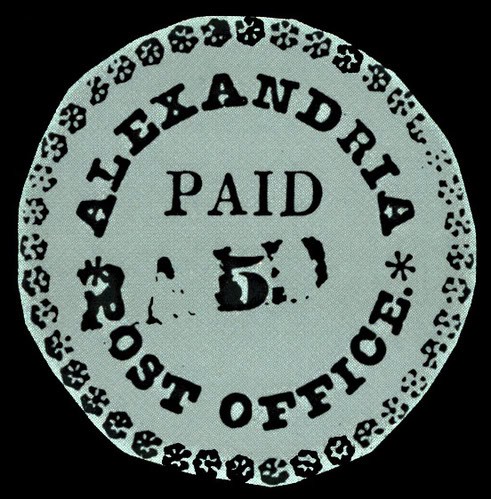
The Alexandria “Blue Boy” stamp, issued in 1847, is unique. It was a provisional issue from Alexandria, Virginia, printed on blue paper instead of the usual white. Only one known copy exists, making it one of the rarest stamps in American philately. This rarity and its historical context make it extremely valuable. The stamp holds great significance in American philately as it represents the ingenuity of early local postal systems. Its unique color and limited production make it a prized possession for collectors.
The Inverted Head Four Annas (1854)
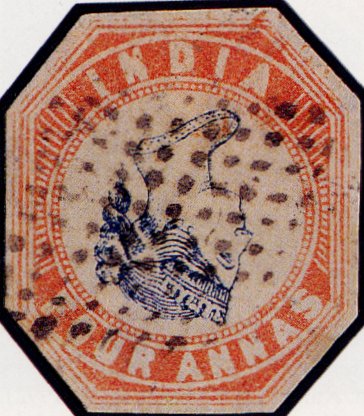
The Inverted Head Four Annas stamp was issued in 1854 in India. It features an error where Queen Victoria’s head is printed upside down. This error makes it one of the world’s most famous and rarest stamps. Around 30 copies are known to exist, adding to its allure. It is highly prized among collectors due to its unique error. The stamp is a symbol of classic philatelic errors and represents the early days of stamp production in India.
The St. Louis Bears (1845)
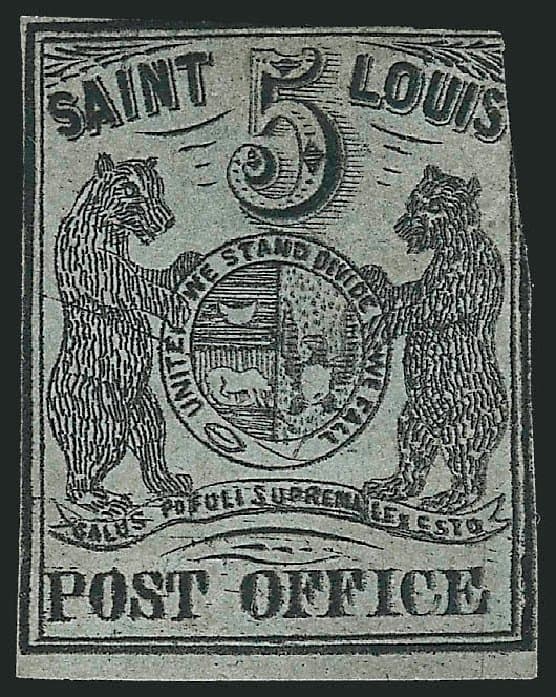
The St. Louis Bears stamps were issued in 1845 by the postmaster of St. Louis, Missouri. They feature two bears holding a shield, a symbol of the city. These stamps are among the rarest U.S. stamps from the pre-Confederation era. Very few examples have survived, making them highly coveted. Collectors value them for their early issuance and distinctive design. The St. Louis Bears are considered a cornerstone of early American philately.
The Red Mercury (1856)
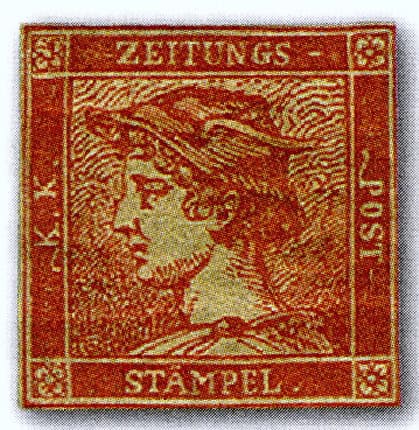
The Red Mercury stamp was issued in 1856 in the Austro-Hungarian Empire. It was a newspaper stamp used for mailing newspapers and other periodicals. Its red color distinguishes it from other Mercury issues, which were typically blue or yellow. Only a few examples are known to exist, adding to its value. Collectors prize it for its scarcity and historical importance. It is an important stamp in philatelic history, representing the early postal systems of the Austro-Hungarian Empire.
This article originally appeared on Rarest.org.
More from Rarest.org
13 Horse Coat Colors from Least to Most Rare

Horse coat colors vary widely. This guide explores these beautiful coat colors in detail, ranking them from least to most rare. Read More.
1945 Mercury Dime Value Guide

Many coin collectors consider the 1945 dime the most beautiful dime ever struck in the history of the United States. You can also say that it is one of the most attractive coins. Read More.
9 Most Elusive Big Cat Species

Big cats are majestic creatures. Some are incredibly elusive, rarely seen by humans. This article explores the most elusive big cat species. Read More.
